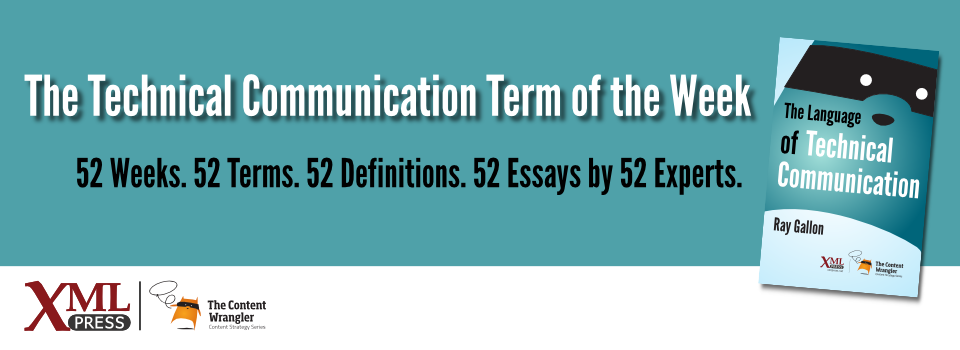What is it?
A broad term for describing the different forms of content that can help people use a software application or other technological product correctly.
Why is it important?
User assistance places the work that technical communicators do within the framework of user-centered design, of improving the experience of a user, rather than seeing that work as simply creating manuals.
